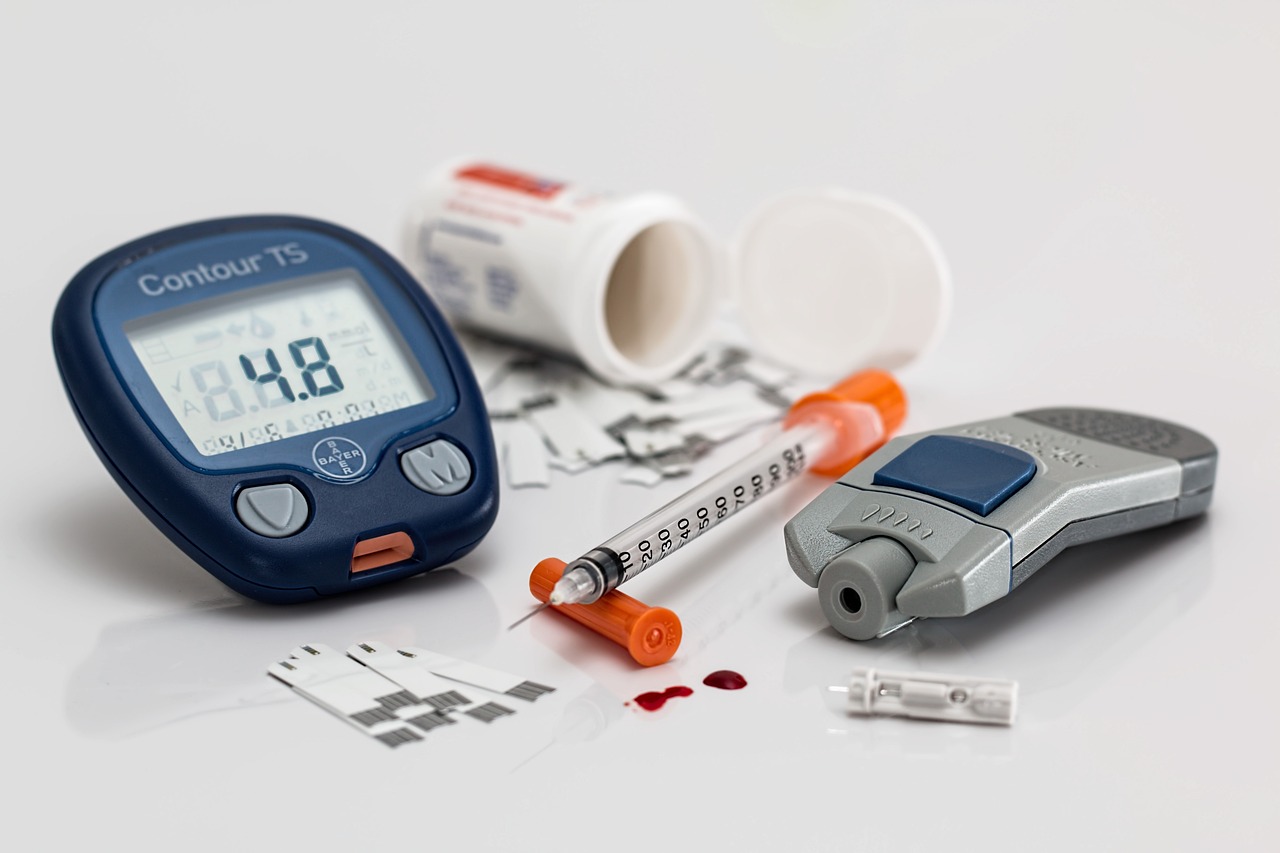
NICK GOSNELL
Hutch Post
HUTCHINSON, Kan. — November is National Diabetes Month, a time when communities across the country seek to bring attention to diabetes.
"Risk factors would be those of us who have kind of gained weight over the years and have less physical activity," said Keri Shroyer, Diabetes Educator with the Hutchinson Clinic. "We have a higher risk as we age. Also, there are genetic components. The symptoms would be if you are more thirsty than normal, more tired than normal, having some blurred vision. There's both symptoms and risk factors that would prompt somebody to check with their doctor."
Diabetes affects about 37 million Americans, including adults and youth.
"We kind of stratify it," said Kathy Mailloux, Diabetes Educator with the Hutchinson Clinic. "If blood sugar is between 70 to 100, that would be considered normal fasting blood sugar. If the blood sugar is above 100, but below 125, that's where the patient is probably being told, well, your sugar's a little high. That's what we call that prediabetic. Once the fasting blood sugar is above 125 at least twice, that would be in the realm of diabetes."
Lifestyle habits such as planning healthy meals, being physically active, getting enough sleep, and not smoking may help you manage your diabetes. The A1C test is a blood test that provides information about your average levels of blood glucose, also called blood sugar, over the past 3 months.
"A1C basically measures the amount of glucose surrounding a red blood cell," Mailloux said. "Since our red blood cells are constantly being regenerated, if we do that test no sooner than three months, the red blood cells that are circulating in our system now, are pretty much gone by the end of that three month period, so we can get a fresh look or a fresh grade. People who don't have diabetes, their A1C would be somewhere in the range of about 5.4 or less. People who have that prediabetic state would be somewhere under 6.3 and for people who do have diabetes, our goal, again it's stratified by age, but typically if we can keep them under 7.0, and even better at 6.5 and under, we're in good shape."
Participants may enroll in the Diabetes Education program at the Hutchinson Clinic by obtaining a referral from their primary care provider or by self-referral.
Editor's Note: Some information is provided by the National Institute of Diabetes and Digestive and Kidney Diseases (NIDDK), part of the National Institutes of Health.
CLICK HERE to download the Hutch Post mobile app.
CLICK HERE to sign up for the daily Hutch Post email news update.





